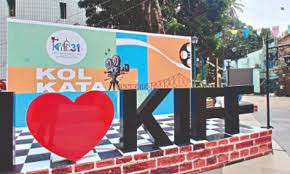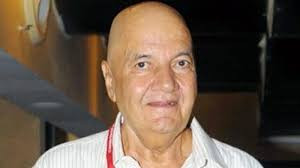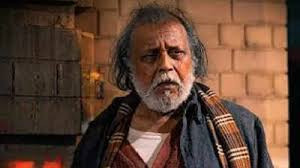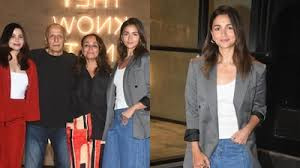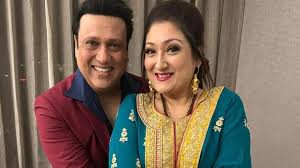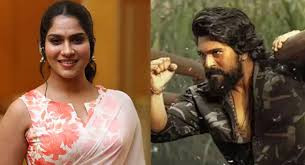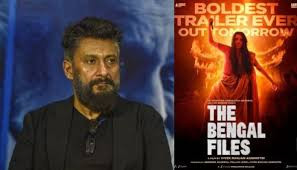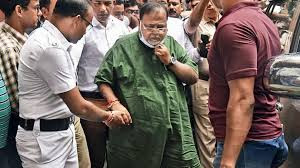Suniel Shetty snaps at mimicry artist in Bhopal as clip goes viral
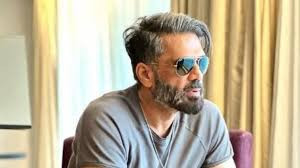
IIE DIGITAL DESK : The event in Karond, Bhopal, veteran actor Suniel Shetty lost his temper after a mimicry artist attempted to imitate his trademark dialogue delivery — a moment that has since been widely shared on social media and sparked debate about entertainers’ boundaries and the ethics of imitation. In the viral clip, Shetty, 64, can be seen interrupting the performance and sharply criticising the mimic’s style, calling the attempt “ghatiya” and insisting that mimicry of a known performer should be done well or not at all. The encounter quickly circulated online, drawing attention from fans and commentators who weighed in on whether the actor’s reaction was justified.
The exchange unfolded as the mimicry artist tried to play off some of Shetty’s well-known lines, but the actor objected to the tone and cadence, saying the performance was a poor imitation that did not capture the forceful persona he projects on screen. The performer responded that the act had been meant in jest rather than as a serious impersonation, but Shetty remained firm, telling the artist that he would need far more time and effort to become credible and that surface-level mimicry—like tying hair or copying looks—was not sufficient. The tone of the interaction moved quickly from light-hearted to confrontational, which helped the footage gain traction online.
Observers on social platforms offered mixed reactions: some backed Shetty for defending how his craft is represented, arguing that mimicry can trivialise years of work when done poorly; others felt the actor’s rebuke was disproportionate and suggested a gentler correction would have been more appropriate. The debate tapped into a recurring cultural conversation about respect for performers’ signatures and the line between homage and mockery. The clip also revived interest in Shetty’s recent projects, including his appearance in the period film Kesari Veer and his ongoing association with the Hera Pheri franchise, underscoring how even casual public moments can quickly pull an entertainer’s professional life back into the spotlight.
Beyond the immediate headlines, the incident highlights how live events — where amateurs and artists often share the stage — can turn viral in seconds and be reframed by audiences across platforms. For performers, it’s a reminder that impressions carry both creative risk and reputational consequences, and for public figures it shows how a single reaction can dominate media cycles long after the awards and premieres have passed.
You might also like!


